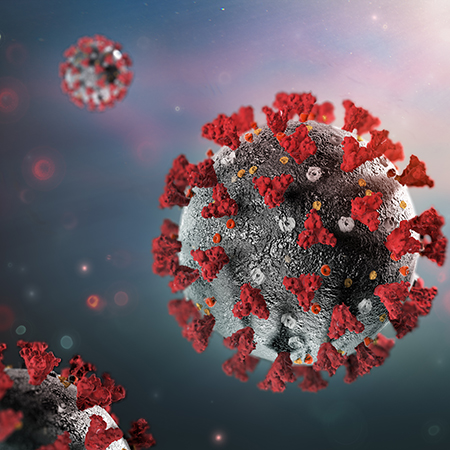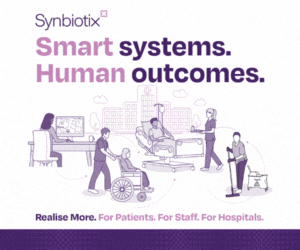NHS providers are to be asked to focus on preparing for winter along with a short list of other priorities set out by NHS England and NHS Improvement (NHSE/I) in the next phase of the response to COVID-19 alongside recovery of other NHS services.
NHSE/I board papers state that a three-phase planning letter is to be issued to NHS organisations setting out priorities and expectations. It will also ask systems how they will maximise their available capacity - which should include the independent sector - to restore services and recover activities as well as managing the ongoing response to COVID-19 and the onset of winter pressures.
The planning letter will also contain more detail of the proposed financial framework for the remainder of 2020/21, which will have a greater focus on system partnership funding and restoration of activities.
The list of priorities for NHS providers has been established through engagement with regional teams, representative bodies such as the NHS Confederation and NHS Providers and a task group of provider CEOs, CCG AOs and system leaders. It comprises:
• Preparing for winter (including the delivery of an expanded seasonal flu vaccination programme recently announced by the government)
• Restoring the number of people waiting for cancer diagnosis or treatment to at least pre-pandemic levels and restoring cancer screening services
• Addressing health inequalities that have been exposed by the pandemic
• Recovering as much elective activity as possible, including maintaining improvements in reducing the number of face-to-face outpatient appointments
• Restoring service delivery in primary care and community services
• Continuing to increase investment in mental health services
• Reducing the number of children, young people and adults with a learning disability, autism or both in a specialist inpatient setting.
Reducing pressure on A&E is also a key focus, which is to be tackled through a series of initiatives in recognition that overcrowding in emergency departments cannot be allowed to return to pre-COVID levels and that minimising unnecessary healthcare contacts reduces risk to patients. The aim is to improve the offer for patients, deliver better outcomes and experience of care, whether that care is delivered remotely over the phone or online, by a paramedic at home or on site, by a GP, or, where necessary, in an emergency department.
Initiatives include transforming access to urgent and emergency care to a ‘111 First’ model, managing hospital occupancy including encouraging processes to safely reduce the length of time patients stay in an acute hospital and community response services as set out in the Long Term Plan. It also involves a campaign to change to patient behaviour, so presenting at A&E is not seen as the default action.
NHS 111 First is being trialled now with a formal evaluation of the impact on services commissioned for September and an ambition that all systems will have implemented a minimum specification of the model by the beginning of December this year.
There is also a recognition that investment in urgent and emergency care capacity is needed as measures to reduce A&E attendances will help but on their own will not be sufficient. Emergency departments would benefit from additional capacity for smoother patient flow and to manage infection control requirements through the winter peak.











